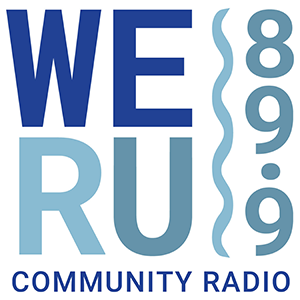Producer: Natalie Springuel
Today’s topic: In our final episode, we talk with two Centennial Task Force members (Lynne Domini, chief of interpretation and education at Acadia National Park, and Jack Russell who serves with Cookie Horner as Task Force co-chair) about the significance of 100 years of National Parks and the century-long relationship between Acadia National Park and the local community.
Two-thousand sixteen is the 100th anniversary of Acadia National Park and America’s National Park System. In honor of this centennial, the University of Maine Sea Grant Program and WERU-FM, both official Centennial Partners, present an occasional series based on the monthly public affairs program, Coastal Conversations.
The ocean surrounds Acadia National Park, which includes 47,000 acres of protected land on Mount Desert Island, Isle au Haut, Schoodic Peninsula, and their archipelago of islands in the Gulf of Maine. Acadia’s rocky shoreline, teeming tide pools, and lush salt marshes have attracted mariners, fisher folk, and people in search of natural beauty for thousands of years. In more recent centuries, many have come to study the unique and diverse assembly of flora and fauna of the region where science, conservation, and community work together for a vibrant future.
Throughout the summer and fall of 2016, on Monday’s at noon, “Coastal Conversations in Acadia” will feature short stories from Acadia on WERU-FM
FMI: www.seagrant.umaine.edu/coastalconversations/acadia
Podcast: Play in new window | Download



 Donate to WERU Today!
Donate to WERU Today!